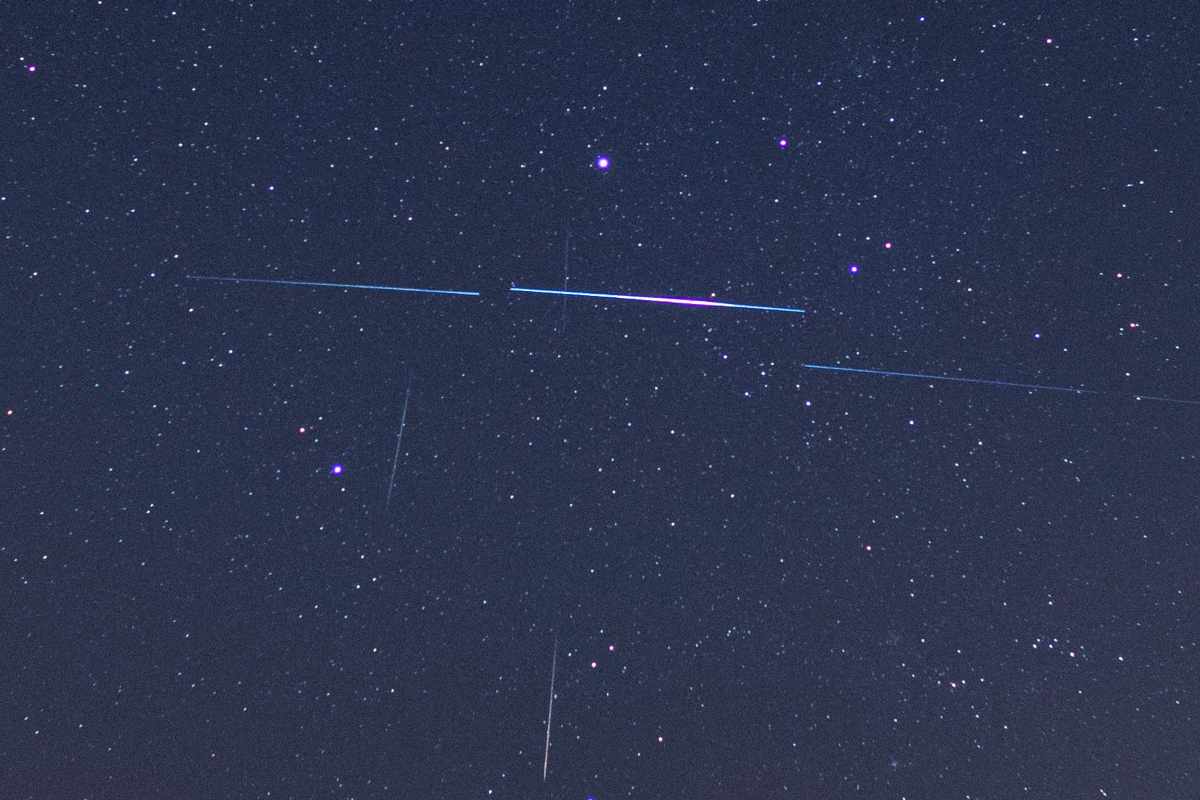
Here in Spain and more specifically the Andalucia region they officially enter the summer season with the San Juan’ night that is also theSummer Solstice, marking the day when a light mood and sunny desposition is here to stay! However, just as quickly as the Summer arrives, it also has to go! What is the perfect occasion to wrap up the warmest season of the year under the presence of nature’s fireworks? The phenomenon I am talking about is a meteor shower called “Perseids”, which has a peak during mid August.
Why is the Meteor Shower called Perseids?
Perseids get their name from the God of Greek mythology Perseus. Not coincidentally, but for the reason that the same name has been given to the “home- constellation”, Perseus Constellation, which is the origin point from which the come. Nasa calls this point “The Radiant”.
What is a Comet really and what a Fireball?
All of us had to get over, at least once the disappointment that came after a friend of ours was looking at the nightsky and saw a Shooting start, encouraged us to look and by the time we are able to face up its gone and there is not even a hint of its tail left behind… Meteor that again according to Nasa are hovering fractured pieces that were previously making up an asteroid.
Moreover, a “Fireball” is another relative term to the Perseids Phenomenon. A fireball is an exceptionally bright meteor that is visible over a wide area. During a meteor shower, most meteors are small and faint, but a fireball stands out because it is much brighter and often has a vivid, colorful trail. This brightness is due to the larger size of the meteoroid, which burns up more intensely as it enters the Earth’s atmosphere. Fireballs can sometimes even be seen during the day and may end with a bright flash or explosion. They are a spectacular sight and a highlight of any meteor shower.
Why “Perseids” is the best annual Meteor Shower ?
And that is due to the excessively vibrant splashes of colour their tales leave behind and taking into account that while streaking the atmosphere their “wakes” are longer lasting than the ones seen in other phenomena. If you factor in that usually their number ranges between 50- 100 ( a remarkable amount again for Meteor Showers) this is a once a year moment that skygazers do anticipate each year!
